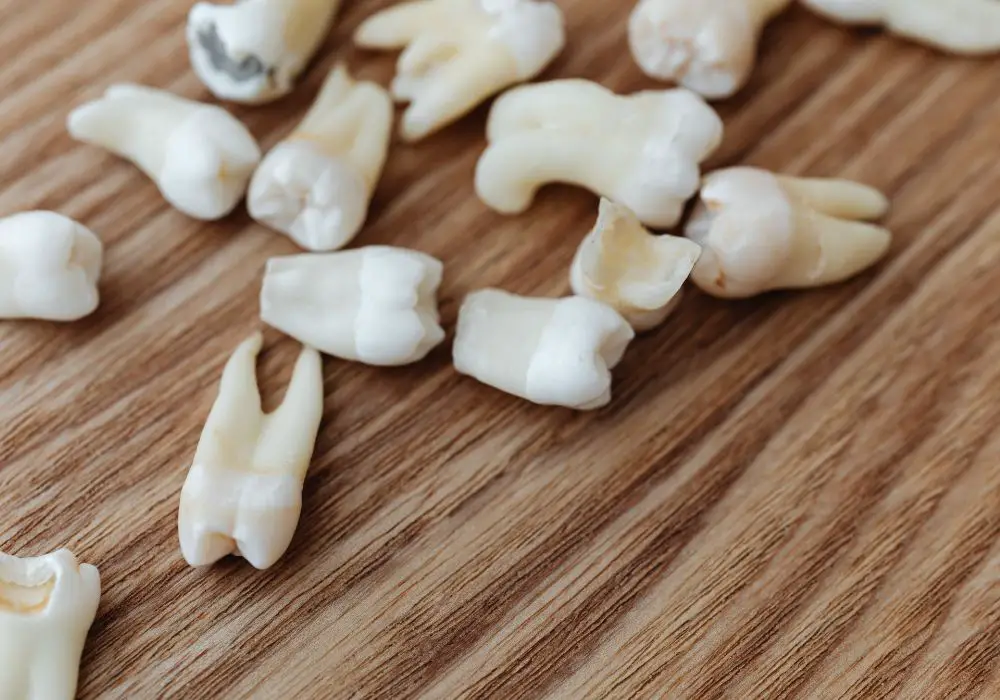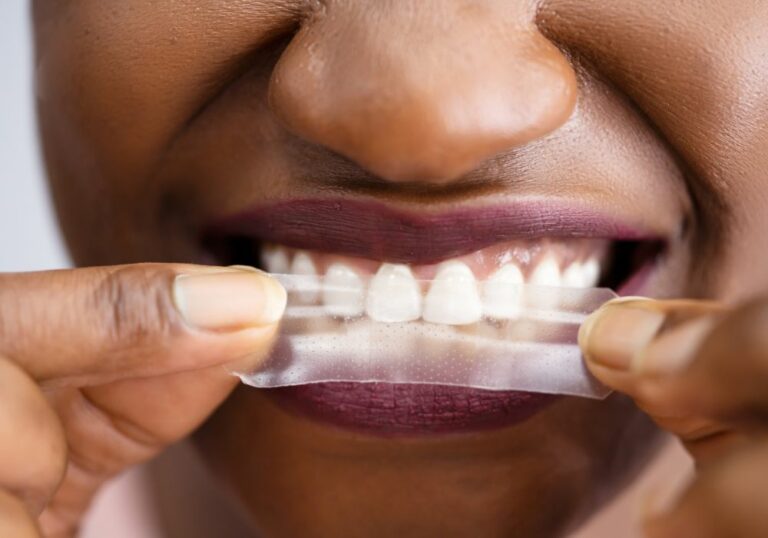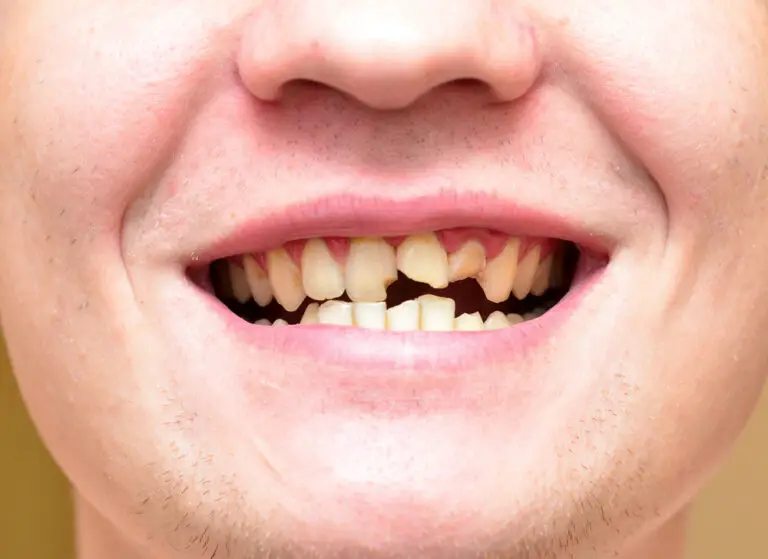Teeth play an important role in forensic science and can provide critical evidence in criminal investigations, disaster victim identification, and anthropological studies. Teeth are the hardest structures in the human body and are very resistant to decomposition, allowing them to be used for identification long after other tissues have decomposed. Their unique features and variability among individuals enable forensic odontologists, anthropologists, and investigators to obtain clues regarding a person’s age, ancestry, habits, and health conditions, ultimately assisting in establishing a positive identification. This article will explore how teeth are used in forensics and discuss their key characteristics that make them invaluable for identification purposes.
Unique Features of Teeth
Teeth have many distinctive features that set them apart from other tissues in the body:
Dental Hardness
- Teeth are composed of enamel, dentin, pulp, and cementum, with enamel being the hardest substance in the human body.
- This hardness makes teeth resistant to mechanical, chemical, thermal, and electrical destruction.
- Teeth can withstand temperatures up to 1,600° Fahrenheit before calcination occurs.
- They are often the only remains recovered from fire scenes and can indicate the intense heat a body was exposed to.
Dentin Patterns
- Dentin forms the bulk of a tooth and has distinct microscopic patterns that are unique to each tooth.
- These patterns never change once the dentin is formed and can be used for positive identification.
Dental Work
- Fillings, crowns, bridges, implants, and other dental work recorded in an individual’s treatment records can be matched to teeth remains.
- Materials, locations, metal compositions, porcelain color, and technique give a distinct dental fingerprint.
Dental Radiographs
- X-rays provide interior views of teeth and the surrounding jaw to reveal cavities, fillings, pulp shape, root configuration and other identifying details.
- Antemortem and postmortem radiographs can be compared to confirm identity.
DNA
- Pulpal tissue in the interior of teeth contains DNA that can be used for identification purposes.
- Teeth protect DNA from bacterial, thermal, and chemical degradation.
Applications in Forensic Science

Forensic odontologists analyze dental evidence from deceased individuals, human remains, bite marks, and dental records to generate leads in criminal cases and establish positive identifications.
Postmortem Identification
Dental analysis of human remains is one of the most reliable methods for postmortem identification. Matching features such as missing teeth, dental work, bone patterns, and radiographs to antemortem dental records can result in a conclusive identification.
- Disaster victim identification – Teeth are instrumental in identifying victims of mass fatality incidents such as plane crashes, terrorist attacks, and natural disasters. Bodies are often damaged beyond recognition, but teeth can survive and be compared to dental records.
- Homicide investigations – When other physical characteristics useful for identification are obliterated, teeth provide key evidence to identify murder victims. Tooth fragments recovered from burn or burial sites can indicate the victim’s age, sex, ancestry, and other factors.
- Unidentified human remains – In cases involving skeletal remains where age, ancestry, and sex must be determined, teeth provide critical biometric data through metrics and patterns. Dental evidence assists in establishing a biological profile.
- Decomposition studies – Analyzing decomposed teeth helps provide insight into postmortem intervals and environmental conditions. Enamel discoloration, pulp putrefaction, and microscopic structural changes indicate time since death.
Bite Mark Analysis
Bite marks found on victims, foodstuffs, and other evidence at crime scenes can be analyzed and matched to a suspect’s dentition.
- Bite mark patterns, including spacing, missing teeth, rotations, and fractures are compared.
- Saliva left in the bite mark can be tested for DNA to identify the biter.
- Bite mark evidence has some controversies but can still provide investigative leads, exclude suspects, and corroborate other evidence.
Dental Profiling
Dental patterns and conditions can provide information about an individual’s lifestyle, habits, occupation, and socioeconomic status.
- Dental disease indicates oral hygiene and health.
- Wear patterns suggest dietary habits and jaw positioning.
- Dental work quality, materials, and procedures reflect socioeconomic status and access to care.
- Occupational damage like acid erosion shows work exposure and tools used.
- Isotopic analysis of tooth enamel can reveal geographic locations inhabited by an unidentified individual.
Age Estimation
Teeth provide more accurate age estimates than other body tissues through several reliable methods:
- Tooth development and eruption sequence
- Root translucency
- Periodontal recession
- Secondary dentin deposits
- Cementum ring analysis
Age estimation assists investigators in establishing victim identity and providing investigative leads.
Challenges and Limitations

While dental evidence can be crucial in forensics, there are some challenges and limitations to consider:
- Antemortem dental records may be unavailable for comparison.
- Trauma and fire damage can alter dental features.
- The accuracy of bite mark analysis is controversial and debated.
- Age estimation has +/- 5-year variability that declines with age.
- Unique features like dental work can be altered over time.
- DNA can degrade in ancient or heat-damaged teeth.
Careful analysis by an experienced forensic odontologist is key to overcoming these limitations and revealing the stories teeth can tell.
The Future of Forensic Dentistry
Emerging technologies and research continue to expand the forensic applications of teeth:
- 3D imaging and printing allow superior visualization and models for analysis.
- Dental microwear texture analysis utilizes surface scanning to examine diet and habits.
- Microbiome profiling of the oral plaque is being researched for identification potential.
- Chemical analysis aims to extract more lifestyle information from teeth.
- Digital dental record databases enable faster record comparisons.
- Automated dental recognition systems are being developed to accelerate victim identification.
These innovations will improve the objectivity, accuracy, and speed of forensic dental evidence, further establishing teeth as the crystallized memories of an individual’s life.
Conclusion
Teeth constitute an unparalleled source of biometric data and forensic evidence due to their unique composition, morphological variability, and durability. The stories locked within teeth can reveal critical clues about an individual’s life and death. Forensic odontologists unlock these stories through meticulous examination and reconstruction of dental remains, enabling positive identifications and resolution of criminal investigations. Though not without limitations, the enduring forensic significance of the indestructible tooth will continue evolving with emerging technologies, ensuring dental evidence provides answers when no other clues remain.
FAQ

What are some key features of teeth that make them useful for forensics?
Some key features that make teeth valuable for forensics include their hardness and resistance to decomposition, unique dentin patterns, dental treatments and restorations that can be matched to records, radiographic anatomy, and DNA content. These characteristics can reveal identity, age, lifestyle, and circumstances of death.
How are teeth used to identify disaster and crime victims?
Teeth are critical for identifying victims of mass fatality incidents and homicides when bodies are damaged or incomplete. Features like dental work, fillings, missing teeth, and radiographic anatomy are compared to antemortem dental records to make positive identifications. DNA from dental pulp can also confirm identity.
What potential does bite mark evidence hold for investigators?
Bite marks found on victims or evidence can be analyzed to match dental patterns, tooth loss, fractures, and rotations to a suspect’s dentition. Saliva DNA from the bite mark may also trace back to the biter. However, bite mark analysis remains somewhat controversial.
What biological profile details can be determined from unidentified dental remains?
From dental remains, key biometric data like age, sex, and ancestry can be estimated based on metrics, morphology, wear patterns, disease, and developmental timing. Isotopic enamel analysis can reveal childhood geographic locations and diet. These help establish a biological profile.
What technologies are advancing forensic odontology?
Emerging technologies like 3D imaging, dental microwear analysis, microbiome profiling, digital record databases, and automated dental recognition systems are improving dental evidence examination, analysis, matching, and identification processes. These innovations aim to enhance objectivity and speed.







